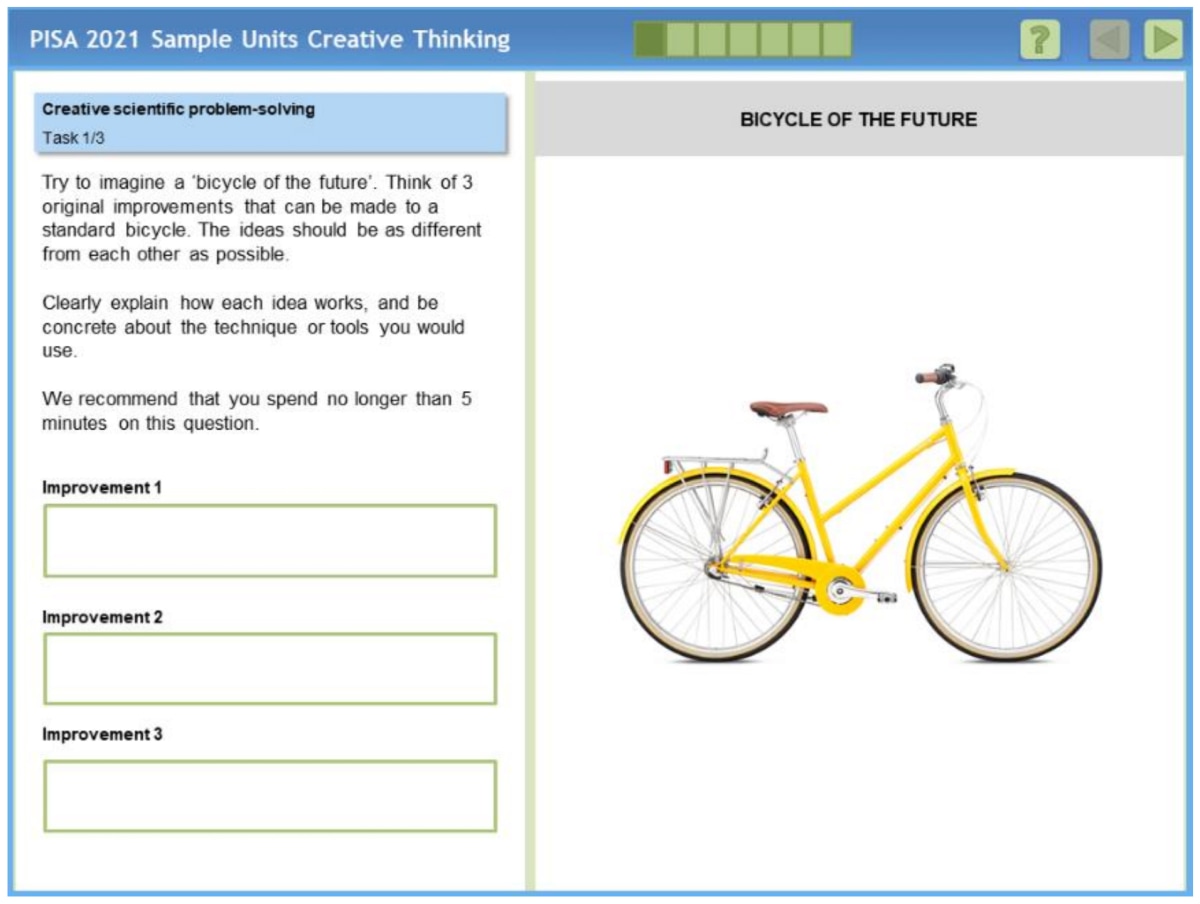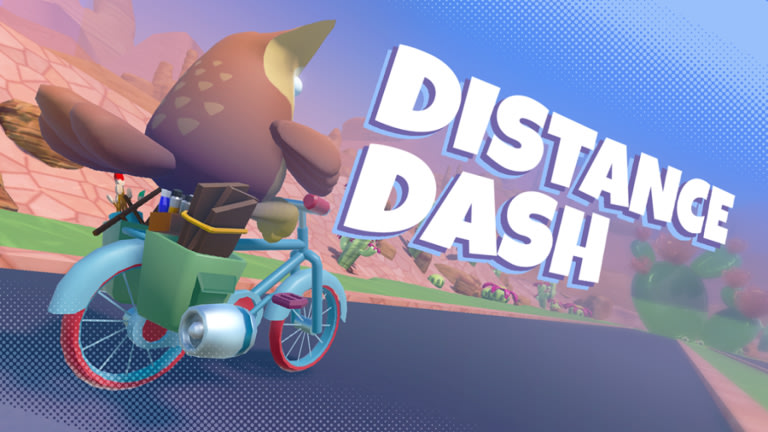Anyone who has carried out video video video games is conscious of that they do one issue successfully: Maintain ranking. At any given second, players know what diploma they’re on, what variety of elements or kills or badges they’ve earned, and the best way far they should go to win.
Oh, and they also’re satisfying.
That sophistication—and a little bit little bit of that satisfying—might shortly be coming to highschool assessments.
Educators and builders are increasingly more looking for to the digital world of video video games and simulations to make exams further stealthy, playful and, they hope, useful. Inside the course of, the model new assessments may push faculties to show into further creative.
“The thought is: Can analysis be further embedded?” says Y.J. Kim, an assistant professor on the School of Wisconsin–Madison. “Can analysis be further thrilling? Can analysis be further versatile?”
Y.J. Kim [Photo: University of Wisconsin-Madison]
The game, known as Distance Dash, requires two school college students to work collectively to launch autos of assorted sizes and payloads. The intention: Get every to succeed ultimately line in wonderful sync.
School college students select a skateboard, a motorcycle, a grocery cart, or an automotive, load each with completely completely different objects, then collaboratively fine-tune the forces positioned on them. The complete time, the game covertly measures various objectives, along with whether or not or not school college students understand the concepts of acceleration and the correct technique to apply optimum energy.
Tyler Matta [Photo: NWEA]
Tyler Matta, NWEA’s vp of finding out sciences engineering, says the analysis grew out of the Next Generation Science Standards, which require school college students to analysis and interpret information and understand patterns.
He says serving to design it was a stretch for NWEA examine makers, who hadn’t beforehand labored with sport designers. “We acquired to see what goes into setting up tutorial video video games, which was all very novel for us. We found a ton.”
“As an analysis, it’s needed that you just simply even have the flexibleness to fail,” says Filament’s Kenny Inexperienced, the enterprise’s producer. The data it generates—as an illustration, what variety of cases school college students tried and what modifications they made—are all needed for lecturers to see.
A nonetheless image from Distance Dash, a science-focused “experience” on Roblox that exams how successfully middle-schoolers have found Newton’s Second Regulation of Motion. It was developed by NWEA and the educational-game developer Filament Video video games.[Image: NWEA]
The model new examination appears as Roblox, the favored gaming platform, strikes further into faculties. Remaining October, it acknowledged it’ll spend $15 million to broaden tutorial experiences on its platform, two years after an preliminary $10 million outlay.
Rebecca Kantar, Roblox’s head of education, says physics lends itself successfully to such collaborative simulations. Distance Dash, she says, is “advisor of the kind of team-based problem-solving precise scientists do as soon as they’re working by the use of a physics draw back in precise life.”

Rebecca Kantar [Photo: Roblox]
One different present development: In 2022, the Group for Monetary Cooperation and Progress (OECD) assessed creative pondering for 15-year-old school college students in further than 60 worldwide areas by way of the PISA Creative Thinking analysis, which boasts interactive objects that allow school college students to submit drawings with a digital tool.
The examine moreover accommodates open-ended duties with “no single reply nevertheless various acceptable responses,” in accordance with organizers. The first outcomes are anticipated this 12 months.
Advocates hope someday to make exams further personalised and, in some methods, indistinguishable from video video games, says Bo Stjerne Thomsen of the Lego Foundation. “What we hope is that playfulness turns right into a crucial part of analysis,” he says.
Increased nonetheless, further playful exams, he says, could open the door for faculties to provide further creative, inquiry-based finding out.
He and others who’re supporting these new exams don’t mince phrases: They envision a world the place the kind of high-stakes, multiple-choice exams all of us grew up with give choice to assessments that, for the first time, allow lecturers to grab a broader array of “noncognitive qualities,” much like teamwork and creativity, whereas sustaining school college students centered on finding out.
“Every time you try to pause an experience or stop a finding out experience, it actually stops the engagement,” says Thomsen. It’s the an identical with play: “As shortly as you start measuring play, the play stops,” he offers.
“It’s about you partaking with one other particular person”
Exams will be demotivating, even supposing they’re designed to help school college students current what they’ve found, says Yigal Rosen, who led the creation of the PISA examine.
He recalled interviewing fourth-graders who had taken NAEP science exams: As a minimum one-third of the questions, in accordance with school college students, had been “large boring” and by no means partaking.
“They might skip them,” Rosen says. “They might merely select ‘Regardless of.’”

Yigal Rosen [Photo: BrainPop]
Now, the chief tutorial officer at BrainPop, the tutorial software program program agency, Rosen recollects that when his crew tweaked the NAEP examine with a “playful mannequin” that invited school college students to work collectively, scores rose by 50%. “It’s not about you merely responding to this dry instant,” he says. “It’s about you partaking with one other particular person.”
As soon as they think about playful assessments, most lecturers perhaps think about digital devices just like the favored finding out platform Kahoot, which allows lecturers to create game-show-like quizzes and polls that engage school college students on cellphones and completely different devices. Louisa Rosenheck, Kahoot’s director of pedagogy, admitted that testing, for all its progress, is “nonetheless an underdeveloped, untapped house.”
Digital devices like Kahoot that help lecturers do informal assessments as they practice are helpful on account of they “actually really feel further low-stakes” than standard exams,” Rosenheck says. “It’s very quick, it’s informative. Chances are you’ll get strategies very, very merely. Nonetheless the question varieties, the codecs, normally are nonetheless kind of discrete objects.”
In that sense, she says, they don’t reap the advantages of what good video video games can do: Collect in depth information on school college students’ pondering and selection making—fairly extra needed indicators than whether or not or not they acquired the correct consequence. Nonetheless that’s pricey, so many tutorial video video games merely assess how far a participant will get and what variety of duties or ranges she completes.
“Stealth analysis”
Researchers have been toying with the considered further playful assessments for a few years. Nearly 20 years up to now, researcher Val Shute began strategies to seamlessly weave exams instantly into the fabric of instruction.
Shute devised the considered “stealth analysis,” a system that discreetly exams school college students’ finding out in interactive and immersive environments, much like digital video video games.
Aside from offering a a lot much less obtrusive choice to measure finding out, stealth analysis aimed to help with “circulation,” the psychological state by which a person is so engaged and exhilarated by a exercise that they neglect they’re working.
For a lot of school college students, any exhilaration melts when examine time nears.
“Analysis is inherently about vitality,” says the School of Wisconsin’s Kim. “Analysis is inherently about proof and pointers.”
In opposition to this, the model new types of assessments empower school college students to drawback and question pointers. In a single proposed scenario, school college students inside the PISA creativity examine are requested to assemble a paper airplane, then offer you ideas to boost it.
In a single different, school college students design a “bicycle of the long term,” suggesting three distinctive enhancements over commonplace bikes. Then they’re requested to tweak the design of a proposed anti-theft digicam mounted on the bike. Lastly, as a result of the longer term bicycle is routinely powered, they should counsel “an distinctive choice to reuse or repurpose” the pedals.
“The thought must be distinctive,” the examine says, “inside the sense that not many school college students would think about it.”

A sample question from a present PISA Ingenious Pondering examine[Image: OECD]
Kim has spent the last few years rising playful assessments for the classroom, initially with lecturers, teacher trainees, and sport designers at MIT. The place Shute, her mentor at Florida State School, known as it “stealth analysis,” Kim prefers the time interval “playful analysis.”
“It’s a ideas shift”
Kim has presently been testing one factor she calls the Assessment Party Game, a free, printable card sport for lecturers that Kim describes as “Charades meets Cellphone to point out the strategy of drawing conclusions from a collection of proof.”
Inside the sport, players deal with definitely one in every of three roles: performer, observer, or interpreter. They’ll solely see one in every of many various two players, and gameplay proceeds as a result of the performer silently acts out, in three actions or a lot much less, what’s on a card. The observer takes notes on what she sees and determines the correct technique to inform the interpreter what she observed.
[inline_story url=https://www.the74million.org/article/from-bus-stops-to-laundromats-cities-embrace-play-to-help-kids-learn/”]
Like many inside the topic, Kim says an infinite roadblock to further playful exams is that so many school strategies use assessments for teacher evaluations. “On the end of the day, we’re obsessive in regards to the idea ‘Analysis is ranking: ranking about effectivity and proficiency.’”
Within the meantime, for a lot of educators, play “shouldn’t be one factor that’s productive,” she says. “So for lecturers to kind of swap their mindset by the use of, ‘Analysis shall be satisfying, and that’s an analysis,’ it’s a ideas shift.”
This textual content was moreover printed at The74Million.org, a nonprofit education info site.
Thank you for being a valued member of the Nirantara family! We appreciate your continued support and trust in our apps.
-
Nirantara Social - Stay connected with friends and loved ones. Download now:
Nirantara Social

-
Nirantara News - Get the latest news and updates on the go. Install the Nirantara News app:
Nirantara News

-
Nirantara Fashion - Discover the latest fashion trends and styles. Get the Nirantara Fashion app:
Nirantara Fashion

-
Nirantara TechBuzz - Stay up-to-date with the latest technology trends and news. Install the Nirantara TechBuzz app:
Nirantara Fashion

-
InfiniteTravelDeals24 - Find incredible travel deals and discounts. Install the InfiniteTravelDeals24 app:
InfiniteTravelDeals24

If you haven't already, we encourage you to download and experience these fantastic apps. Stay connected, informed, stylish, and explore amazing travel offers with the Nirantara family!
Source link

